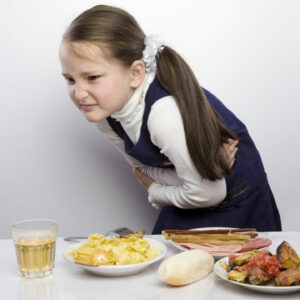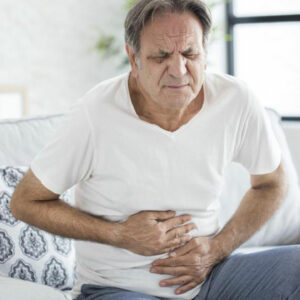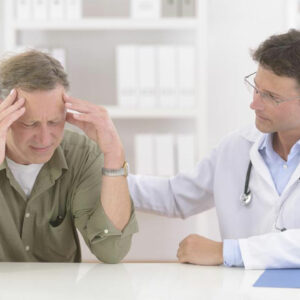
01
A Guide to the Foods that Trigger Diverticulitis
The term diverticulitis triggers your think tank as very few people are precisely aware of this health issue. Diverticulitis is a crucial medical condition in where large inflamed pouches are built within the lining of the large intestine. These pouches are medically termed as diverticula. When the large intestine turns weak, it paves the way for pressure thereby compelling the intestine to protrude or swell up through the colonic wall structure. An early diagnosis of this medical condition can help you cure it at a very basic stage. This issue aggravates with time and age if not been properly catered to. In serious conditions, if the diverticula get infected it might also tear up within the body thereby leading to nausea, fever, abdominal pain, and bloody bowel. Here are a few handy tips which will help you in avoiding diverticulitis and maintaining a healthy digestive system. Avoid intake of nuts If you are a person who cannot sustain without dry fruits and nuts, then it is time to bid goodbyes to them as excessive consumption of nuts is included in the foods that trigger diverticulitis. These foods irritate functioning of the intestinal tract thereby swelling it up. Seeds found in fruits and veggies namely strawberries, cucumbers, raspberries, and tomatoes also irritate the intestinal lining thereby causing inflammation. Vegetables cooked with their skin on too contain elements that trigger diverticulitis. Gaseous food Doctors advise against regular intake of fast food or roadside food as it weakens the stomach’s immune system thereby making it one of the foods that trigger diverticulitis. Fast foods are difficult to digest and hence puts immense pressure on the intestine. There are also a few vegetables which are high in the gas content namely beans, carrots, broccoli iceberg lettuce, cabbage, and so on. Whole grains High fiber foods that trigger diverticulitis should be a complete no-no in your diet.
Read More 










